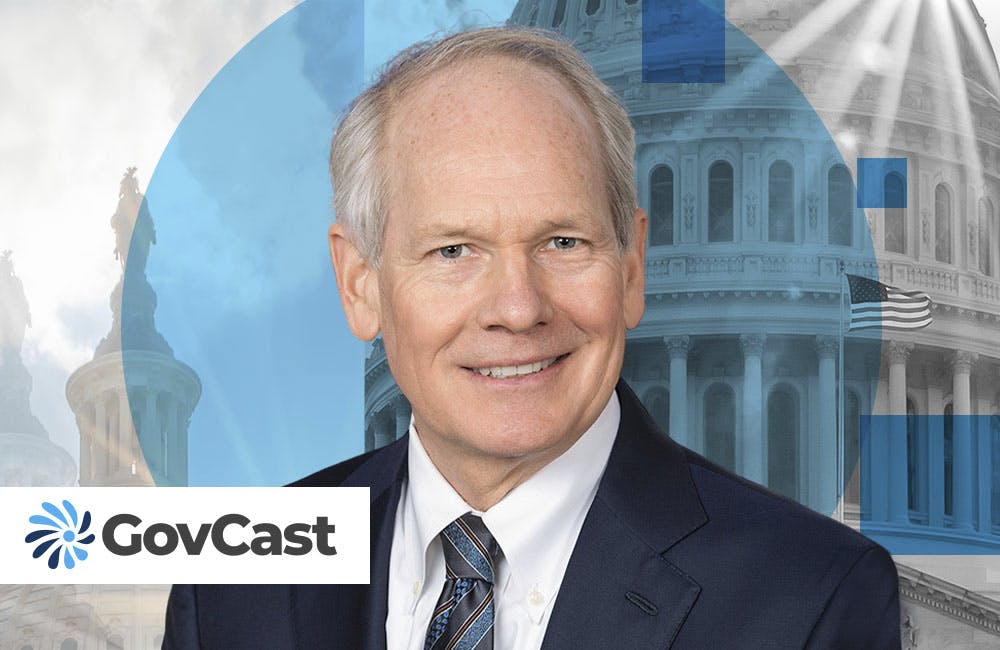VA Secretary: VA is Processing Claims ‘Faster Than Ever Before’
VA Secretary Denis McDonough provided updates on critical initiatives, including the PACT Act and VLM, at the NPC Headliners Luncheon.

The Department of Veterans Affairs is prepared to process thousands of new veteran claims with the recent passage of the PACT Act after breaking claims processing records with the help of new technologies such as automation.
VA Secretary Denis McDonough said the agency processed 1.7 million Veteran claims in fiscal year 2022, breaking its record by 12%, from the previous year and slashing the claims backlog to approximately 144,000 claims as of November 2022.
To date, veterans have filed nearly 137,000 PACT Act claims, and VA will begin processing these on Jan. 1, 2023.
VA also will begin offering enrolled veterans a new toxic exposure screening Tuesday. The agency will also expedite benefits delivery for veterans with cancer conditions covered in the PACT Act.
“When it comes to benefits vets have earned and deserve, we’re processing their claims faster than ever before,” McDonough said during the NPC Headliners Luncheon in Washington, DC, Monday. “[VA is] making sure we’re delivering for vets on time, every time, through initiatives like claims automation — cutting claims processing time for certain conditions from several months to several days.”
McDonough outlined key successes over the past year and highlighted where the agency will continue to progress to ensure veterans have access to their benefits and care services.
“Every door to VA has to be a front door, with multiple touch points to all our services,” McDonough said.
Over the past year, VA focused on increasing access to health care services through telehealth services, ending veteran homelessness, preventing veteran suicide and expanding digital services. The agency also expanded its online Veterans Legacy Memorial (VLM) program to about 4.5 million veterans.
McDonough said VA aims to place 38,000 homeless veterans in permanent housing by the end of the calendar year. Since the end of September, VA housed nearly 31,000 veterans, over 81% of the agency’s goal.
VA also launched new initiatives to prevent veteran suicide such as Mission Daybreak, which incentivizes and rewards innovation around solutions to this critical challenge. McDonough said there were 343 fewer veteran suicides in 2020 than in 2019. VA is building on that momentum by leveraging telehealth services, such as mental health support, to meet the agency’s top clinical priority.
Moving into the new year, VA will invest in its workforce, infrastructure and technology to deliver additional services and plans modernize 31 more VA health care facilities.
“We’ll bring generations of new vets into VA health care and increase the health care benefits of many more — and that will result in better health outcomes, across the board. We’ll deliver benefits to more survivors of vets who passed away from toxic exposure,” McDonough said.
This is a carousel with manually rotating slides. Use Next and Previous buttons to navigate or jump to a slide with the slide dots
-

CDC Updates Public Health Data Strategy
Accelerating data sharing through capabilities like electronic case reporting make up a large portion of the new two-year plan.
3m read -

HHS Makes One-Stop Cybersecurity Shop in ASPR
The agency is working on standards and cyber incident response capabilities to help health care organizations combat ransomware threats.
4m read -

How VA is Using Digital Services to Expand Care to Veterans
CIO Kurt DelBene says the the agency’s 2024 priorities included AI adoption, hiring and a better user experience for veterans.
30m listen -

Women Technologists Highlight Workforce Impacts in FDA IT Plan
Tech leaders tackle amplifying women in the workforce as the agency works toward its two-year IT modernization plan.
3m read








